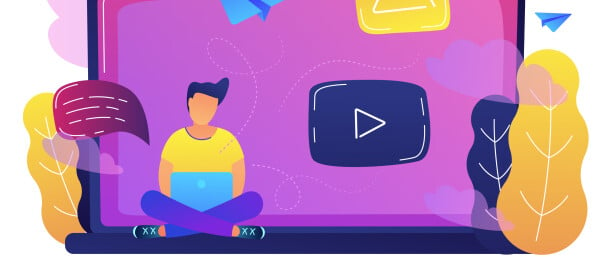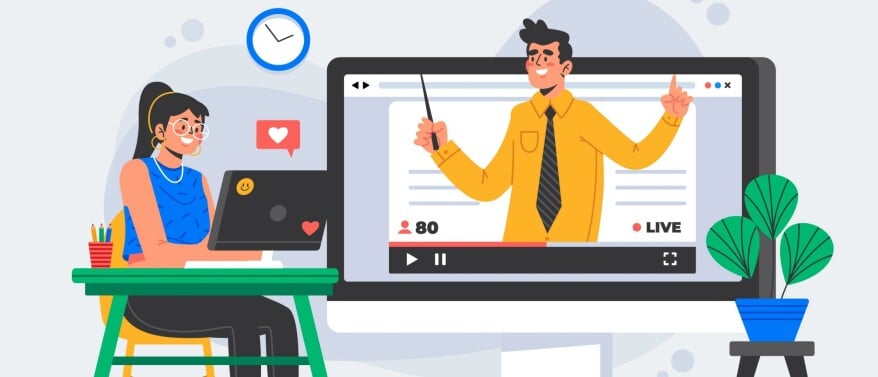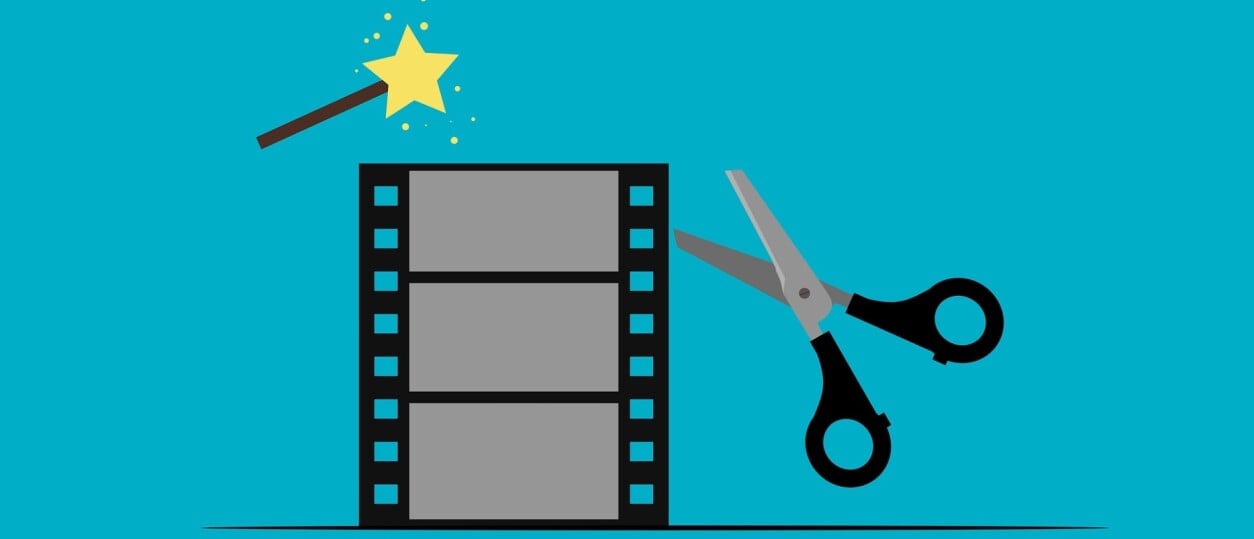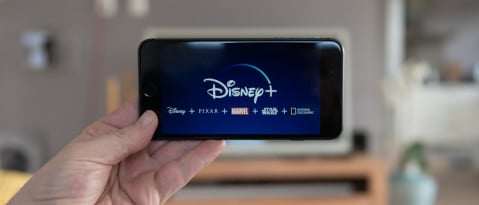Technology has changed immensely over the years, and with this also video technology. We’ve gone from DVD, tot Blu-ray to 4K videos in only a couple of years, really showing the quick growth in this industry. Together with this change in technology came an increasing demand for video content. However, with video files getting bigger came the struggle of how to get videos out of platforms in the right resolution.
This is where video encoding really came into play. But what exactly is video encoding, and how does it work? You’ll read all about it in this blog, so keep on reading!
What is video encoding?
To describe it in the most basic of terms, video encoding is compressing video files in a way that the end product is still a running video and not just individual images. It is used in order to make certain video files smaller, so that they can be used on other platforms.
In the end, the converted videos can be used anywhere online, like streaming providers or content delivery networks.
Why would you encode videos?
There are several reasons why you would encode videos. Here we will talk about the two primary reasons:
Video encoding makes online video streaming possible
The main reason why video encoding is important and necessary, is that without it, you would never be able to stream videos over the internet. If these files stay uncompressed, they would be so large that it would be impossible to stream them over the internet or even put them on a DVD or Blu-ray. With live video streaming, the same thing applies: encoding videos reduces the bandwidth that’s required for live-streaming. Simply put, without encoding all of this wouldn’t be possible.
Video encoding enables compatibility between several devices
One of the main reasons why we need video encoding, is so that we can actually use our videos on different types of devices and platforms. By reducing the size of the video files, you can make sure that it’s suitable for devices likes phones, tablets or laptops. This is important, as not every file size would be compatible with all devices.
The end goal here is to provide viewers with the best quality and performance on as many devices as possible. This in order to reach the broadest audience.
Get started with video encoding
You might be technically inclined and want to give video encoding a shot. You can go for online video converters or download specific software for it. It’s interesting to give the latter a try since platforms like YouTube get you bound to certain conditions. By doing it yourself, you have more freedom and flexibility with your product.
Some good programs are UniConverter, Movavi Video Converter, or Leawo, WinX or AVS. These programs can convert multiple files, convert videos for specific types of devices, deal with a lot of different audio and video formats and do this at a fast processing speed.
Starting a video streaming service? At AudiencePlayer we can easily help you out with that!





